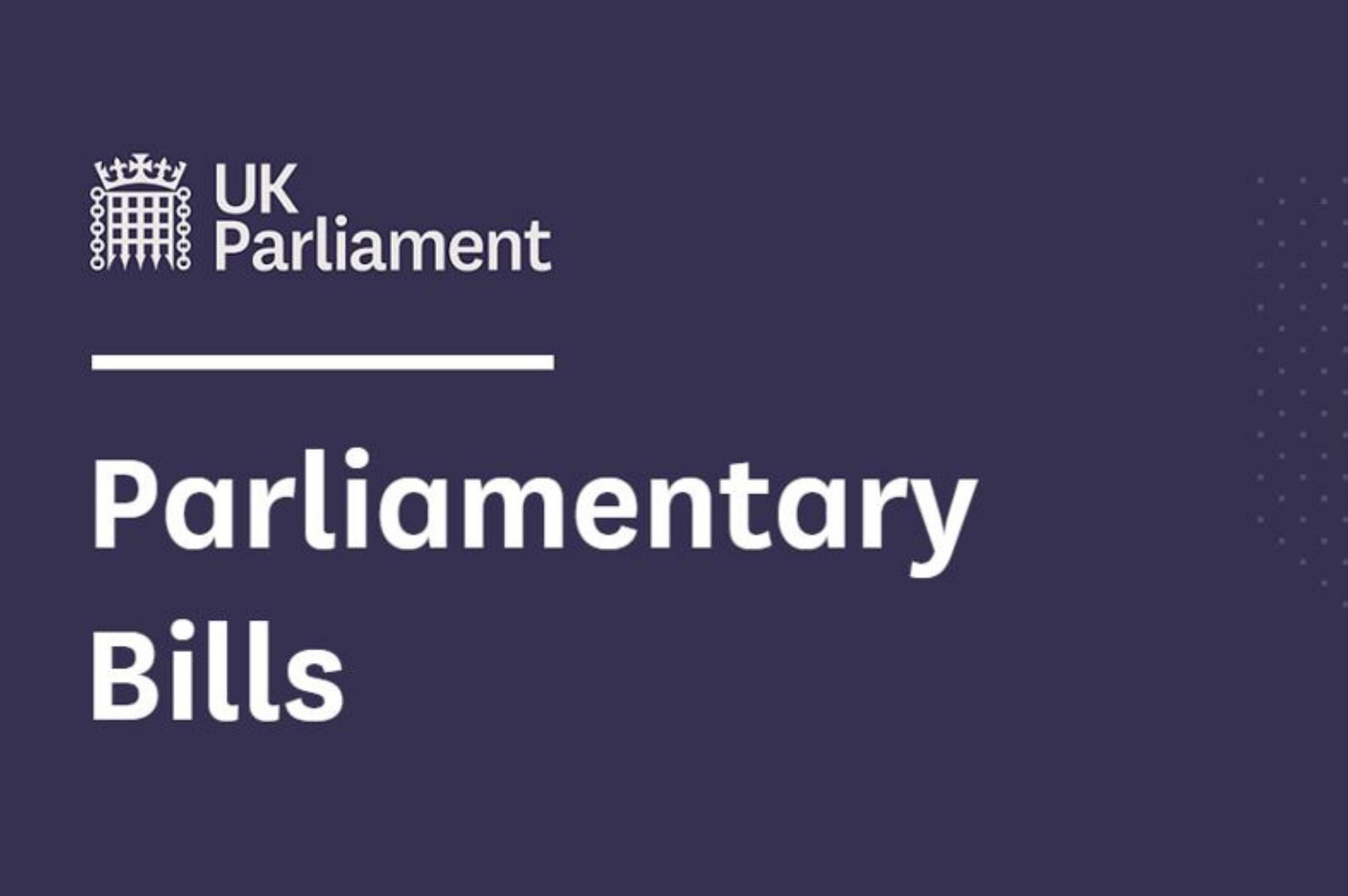Our Director and Chartered Town Planner, Richard Pigott reflects on Agricultural Transition and the links with biodiversity net gain targets incorporated in the Environment Act 2021.
I attended an event this week on Agricultural Transition which is being described as the most significant change in agricultural policy for over 50 years. As a consequence of Brexit the UK has the opportunity to devise its own system of rural grants and payments that provide help to the farming industry. This was of particular interest for two reasons. Firstly, because many of our clients are farmers or own rural properties and it is important to have some understanding of the pressures they are facing in this period of transition so that we can advise them on potential farm diversification projects. Secondly, there are a multiplicity of new environmental schemes which have implications for the whole development industry in light of the legal requirement (by virtue of the Environment Act 2021) that all development must achieve a 10% net gain in biodiversity by late 2023 . Biodiversity net gain can be achieved on-site, off-site or through a combination of on-site and off-site measures. To achieve biodiversity net gain, proposals must follow the ‘mitigation hierarchy’ which compels planning applicants to avoid harm in the first instance, then mitigate or finally compensate for losses on-site, off-site or through a combination of the two solutions. These measures will be required in planning conditions and legal agreements.
In some cases, applicants/developers will own land nearby that can help them to achieve the 10% figure but in more cases it will be necessary to identify land in 3rd party ownership that can be ‘improved’ and managed in an ecologically friendly way for at least 30 years in order to obtain planning consent. This could either be done by approaching landowners directly or by approaching a 3rd party organisation who effectively act as an agent, bringing together landowners and developers – as one such company puts it, “Through a network of habitat banks, we’ve launched Biodiversity Net Gain (BNG) Credits – a groundbreaking new product that gives developers a simple, risk-free way to implement BNG and at the same time provides the opportunity for landowners to diversify their business. It has the power to unlock sustainable development and restore nature.
Whether this approach will be quite so simple in practice remains to be seen. Will the costs of BNG credits be prohibitive, making some development unviable? Will there be enough BNG credits to go round once the legal requirement takes effect in around 18 months time? Is there the resource to enforce such management agreements in the long term?
These are interesting times for the agricultural industry and it could well be that Biodiversity Net Gain is coming along at the right time for farmers and landowners.
Richard Pigott, Director, Planning & Design Practice Ltd




